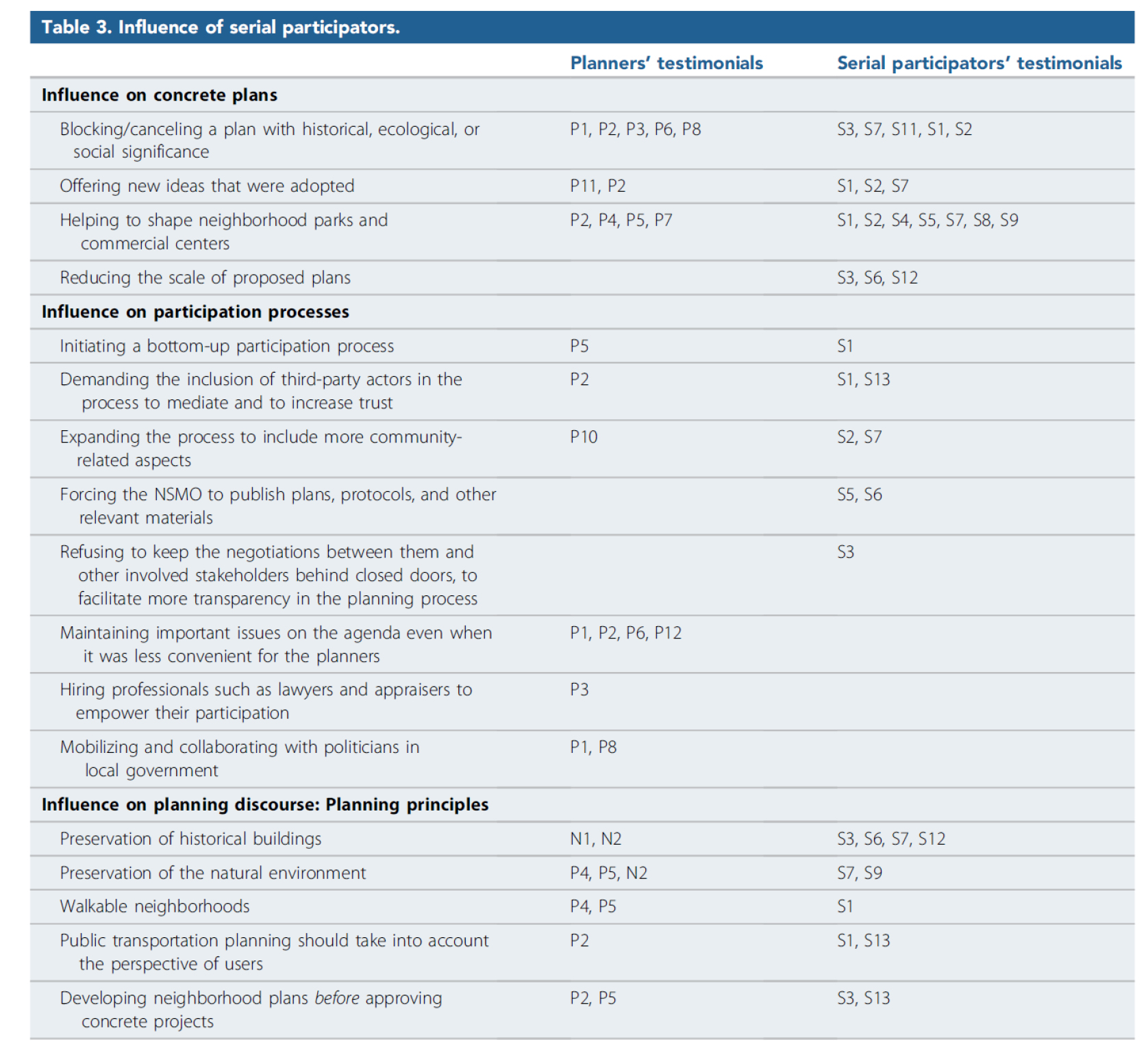Uncovering JAPA
The Benefits of Repeated Participation

Planners increasingly recognize community participation as a critical component for identifying community goals. When planners engage with the public about specific issues, discussions can focus on the scale of a project. This small-scale focus often happens because residents feel more compelled to participate when a planning decision immediately affects their individual lives.
Benefits of Serial Participation in Planning Processes
One-time participation may help planners understand community perspectives about a single issue, but what potentials exist if community members mobilize to engage with multiple engagement processes? Specifically, what benefits do planners and participants gain with serial participation — defined as participation in three or more distinct planning processes?
In "Serial Participation in Urban Planning" (Journal of the American Planning Association, Vol. 88, No. 2), authors Galit Cohen-Blankshtain and Anat Gofen discuss the benefits of capturing the repeated interest of community residents in participatory processes. The authors interviewed 13 "serial participants" and 19 planners about the "serial participant" type to understand the perspectives of both groups.
As Cohen-Blankshtain and Gofen present, a serial participator is not so different from traditional, "novice" participants, where participants engage with the planning process for the first time about a single issue. Both serial participants and novice participants tend to be affluent individuals, initially motivated by self-interest. Yet, repeated participation equips serial participants with a greater tendency to consider locality-focused goals rather than individual-focused goals over time.

Table 3. Influence of serial participants.
The Benefits of Ongoing Community Engagement in Planning
The authors note three specific benefits of serial participation in the interviews conducted.
Firstly, serial participants were able to make connections between different planning issues and better understand the interconnectivity that planning requires. These connections allowed participants to think beyond single issues or specific buildings.
Second, interviewees noted how community goals were often more helpful in driving planning changes than individual goals. Serial participants became ambassadors of the planning process, helping mobilize other community members to participate and take action to help planning objectives.
Lastly, continued representation from participants who built up transitional knowledge of the planning process equipped them with more power when negotiating with planning authorities and the private sector and balanced, to some degree, the unbalanced power relations between citizens and the other two sectors.
As a current planning student, I found this article helpful in framing course discussions around engagement processes. This past year, my studio focused on engagement processes that would be accessible to more residents. Our engagement processes included intercept activities and surveys to capture community input from those who could not take time off of work to attend longer meetings or focus groups.
How can we expand this goal to increase the number of community members we reach for a given project and increase the potential for engaged community members to continue their involvement in future planning projects? It can be easy for planners to focus on the task at hand, but Cohen-Blankshtain and Gofen advocate that planners frame participation as a long-term, recurring goal.
Top image: Getty images adamkaz


